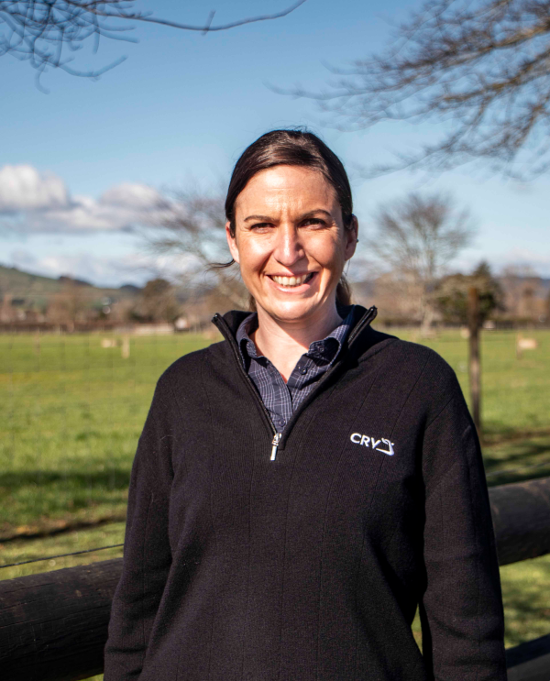Bulk milk testing, conducted by herd improvement companies before the mating season to assess herd health, has revealed a significantly higher number of Waikato herds testing positive for the BVD virus compared to the previous season.
Vet and CRV National Sales and Marketing Manager Julia Baynes says while typically only two or three herds test positive each year, this year, the number has risen into the tens within Waikato. This is particularly alarming considering The Ministry for Primary Industries’ figures show widespread BVD costs New Zealand farmers an estimated $150 million annually.
"With dairy farmers already grappling with a challenging economic environment, the last thing they need is a BVD outbreak,” she says. “Given that in most cases, last season's milk tests from affected farms did not identify any BVD virus, it is likely that the virus has been introduced to herds since the last testing cycle. Therefore, farmers must remain vigilant, especially as bulls are brought onto the farm for mating."
BVD can result in embryonic loss in cows, leading to increased empty rates and significant financial losses for farmers. It can also lead to the birth of more Persistently Infected (PI) calves if not managed correctly, exacerbating the problem.
PI animals, especially heifers, are the primary carriers of BVD. These animals were exposed to the virus during fetal development in the first two trimesters. If they survive to birth, they harbour a persistent infection until they join the milking herd.
In the current economic climate, Julia acknowledges the temptation to reduce testing for diseases like BVD to save costs. However, the potential devastation it can cause is reason enough to maintain testing.
PI animals do not always exhibit classic BVD signs, such as poor growth and a scruffy appearance. In many cases, they appear healthy, making it challenging to identify them based on outward appearance alone.

